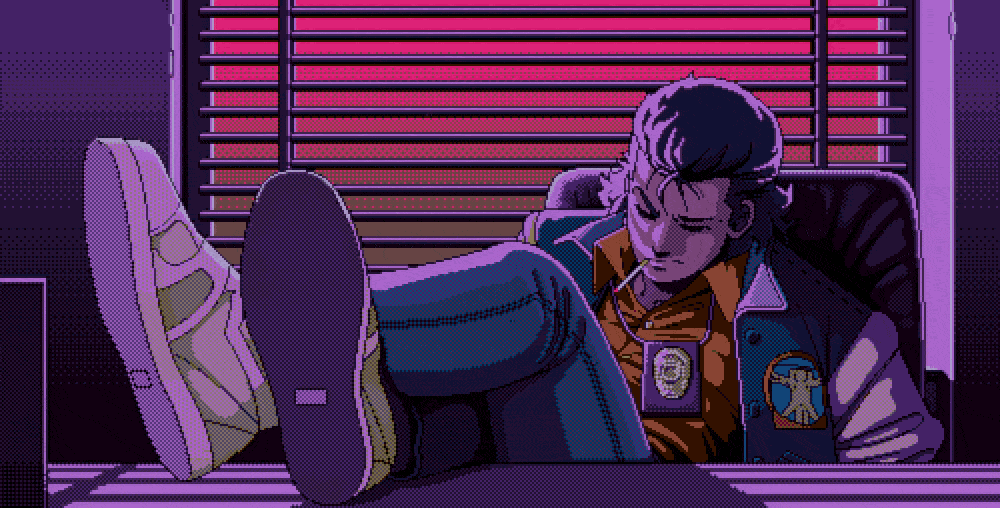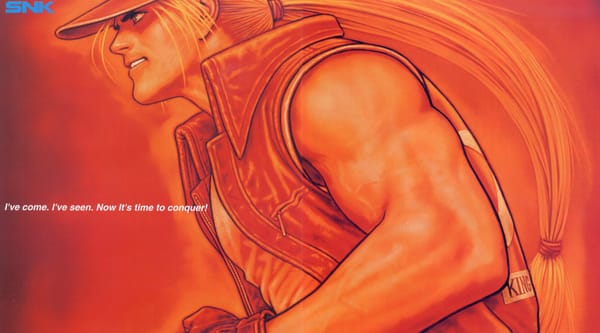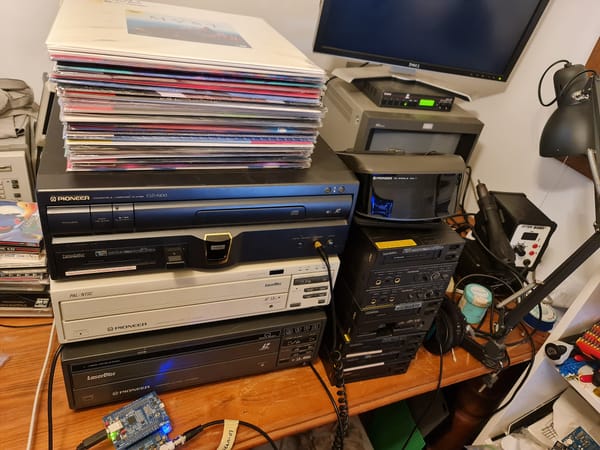Stop reading this and go play a brilliant emulated tour of the Mac's UI
Like Digital Eclipse's docugames, Marcin Wichary's "Frame of preference" is pioneering how to use emulation to tell a story.
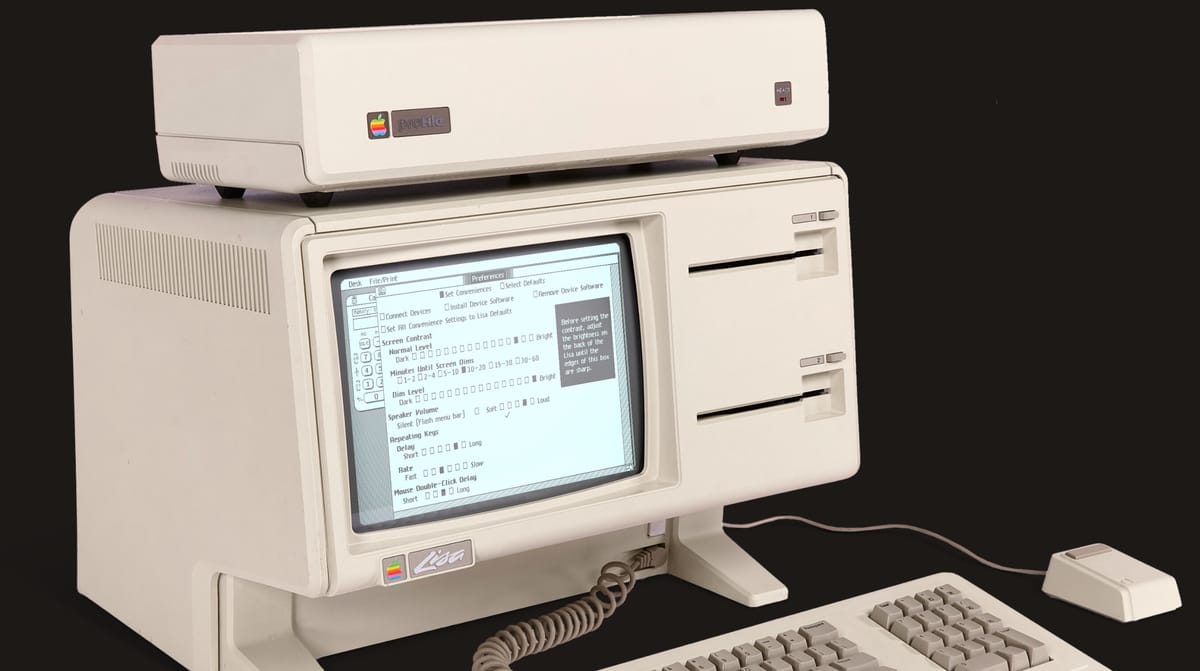
HOLD IT!
Are you reading this in your email inbox right now? Are you holding your personal telephone in your hand and scrolling with a thumb while on a train, in the bathroom, or horizontal on the couch? In any such case, you're reading this specific issue of ROM all wrong. Sorry!! Normally I wouldn't tell you how and where to read, especially after sending this newsletter directly to your inbox. But please let me make an exception this week, because to really appreciate what I'm sharing with you you're going to need an actual computer.
A laptop will do! Or a desktop with an RTX 5090 and some 12-core CPU, if you're personally tickled by using a browser-based emulator to replicate the workings of a 1984 Macintosh with like, 7 trillion times its original processing power. Just get you a computer and point your web browser to Frame of Preference, a new playable article by Shift Happens author Marcin Wichary.
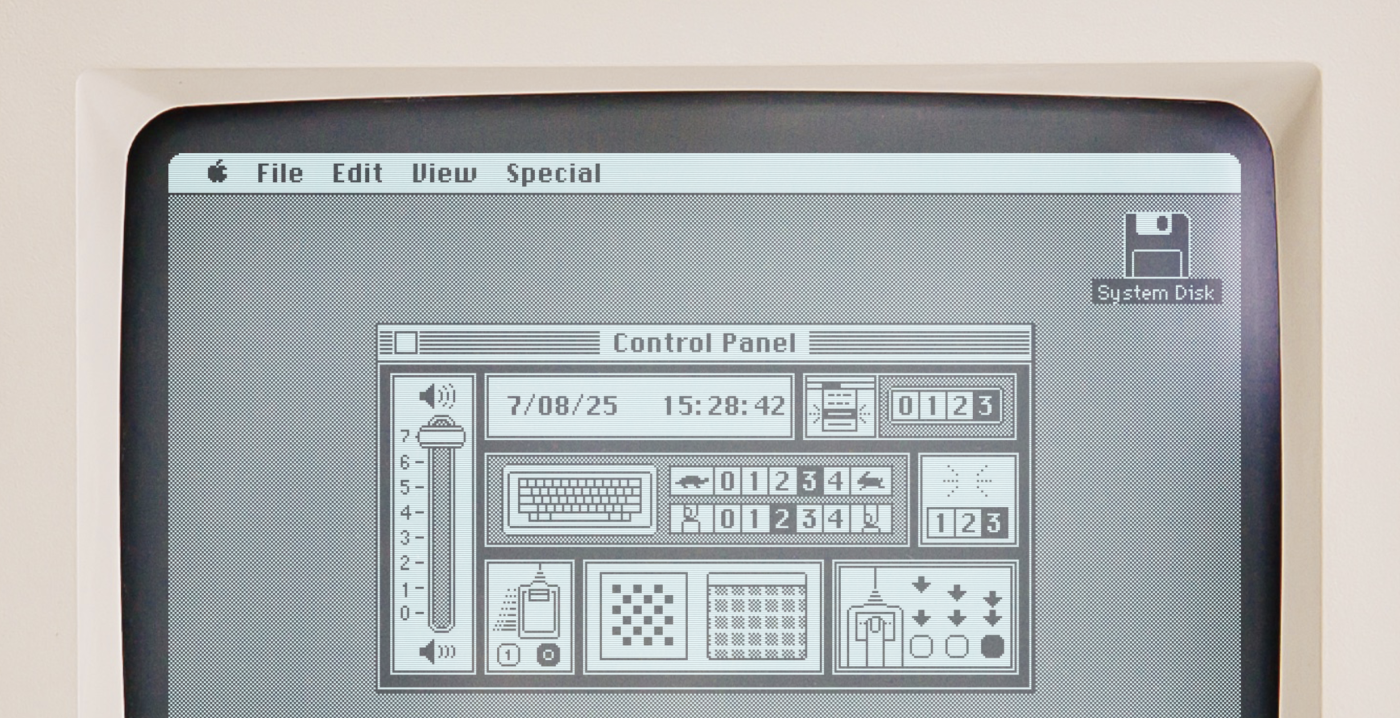
I was once again on a boat this weekend, so instead of the usual featured news items which I've had no time to pull together while visiting friends and family, I wanted to point you in the direction of Marcin's amazing work here and encourage you to read-slash-play it, even if you don't care much about the Macintosh. You've genuinely never read an article like this before.
In the same way that game studio Digital Eclipse is trying to turn games into playable documentaries using a mix of writing, emulation, interviews, and archival materials in projects like The Making of Karateka, Wichary has used emulation to make history interactive. Right in your browser window, sitting next to his deep dive into what made Mac OS a revolutionary operating system, you can "play" along in embedded Infinite Mac emulators, each one specifically engineered to represent only a small part of the OS with limited interactivity to keep you focused.
Here's a snippet from emulator developer Mihai Parparita's blog explaining how the whole thing came about:
"A few months ago, Marcin approached me about doing a modern take on his GUIdebook site, something with a story to tell and a way for readers to experience the material first-hand. Specifically, he wanted a way to embed emulated Mac instances in an article, ideally in as seamless of a way as possible.
Infinite Mac was already used by sites like Classic Macintosh Game Demos, DiscMaster, and Macintosh Repository to host runnable custom instances. But those were full-screen experiences and, in some cases, required a custom fork of the site. I wanted the experience to be closer to a YouTube or Google Maps embed – a snippet of HTML that’s easy to drop into any site, but still controllable via query parameters."
To enable this, I added a new /embed endpoint that’s better suited to iframing. In addition to hiding the screen bezel and other chrome, it lets the embedding site control the screen resolution, get notified of the screen contents changing, and send mouse and keyboard events to the emulated Mac. To keep embedded instances lightweight, I added an option for auto-pausing when they’re hidden."
If you read Frame of Preference on a phone or other device not suited to running the emulators themselves, it'll seamlessly swap the embeds for auto-playing videos, giving you a passive tour of each bit of the Mac's interface as you read the related text. But doing it yourself is so much cooler — especially because Marcin peppered the article text with tasks, guiding you to the activities you should focus on with little check boxes that fill in each time you engage with some part of the interface in the emulator.
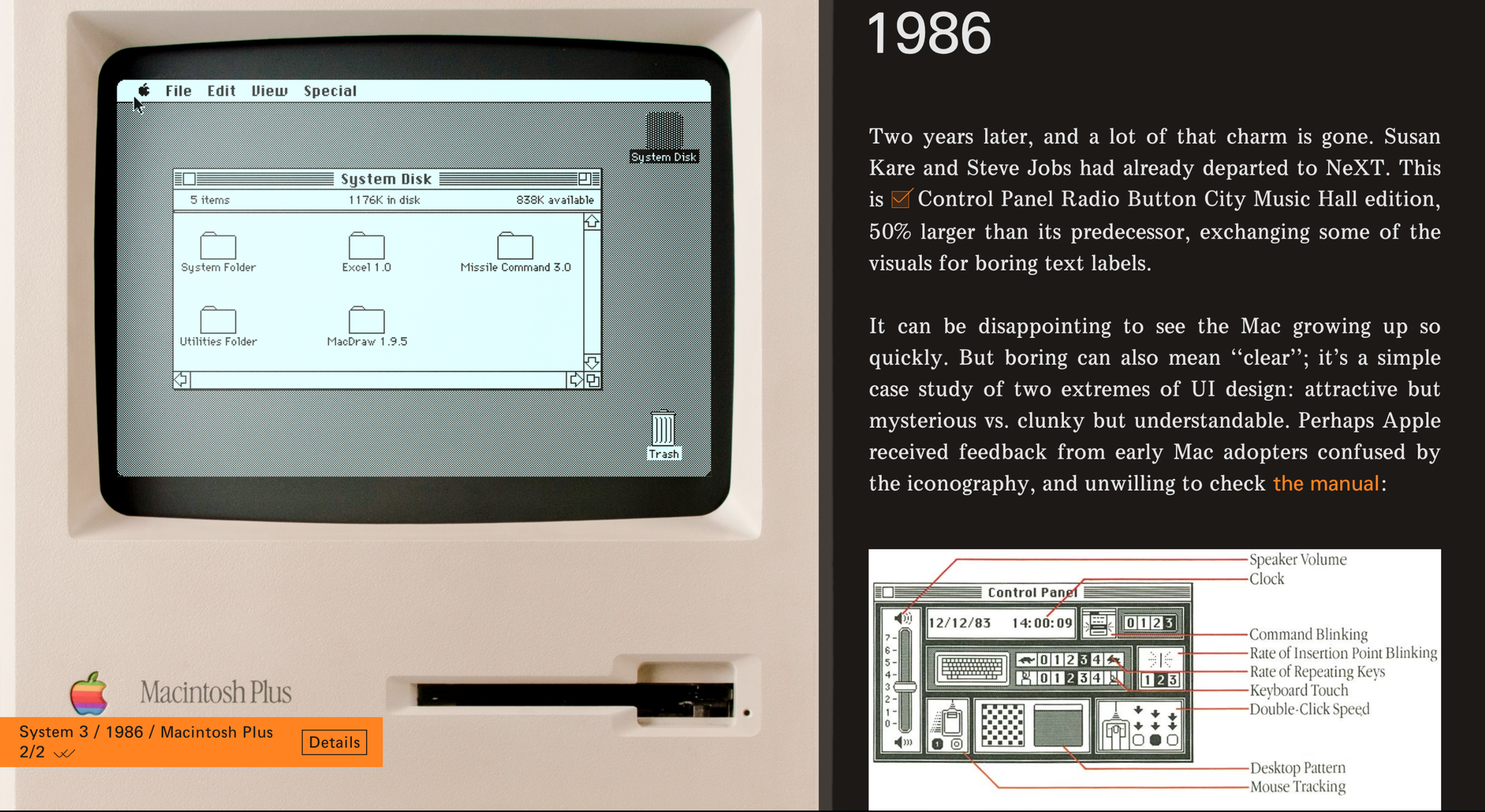
It even rewards you with a pop-up banner every time you complete your tour of a system, and hides yet more fun thinks to check out behind a "details" menu.
That's right: This article has achievements, the one trick guaranteed to get gamers to do their homework.
The whole presentation is really slick, and a blunt force reminder that very little of the history of games or technology has actually been told using the medium itself to enrich the telling. Why? Well clearly it isn't trivial — two dedicated people with skills in writing and emulation came together to make this single webpage a reality. It required many months of work and customization to take a tour of something as relatively simple as decades-old Mac interfaces.
Reading Frame of Preference made me realize how little I actually knew about the NeXT system, Jobs' post-Apple-pre-Apple endeavor that would eventually bring him full circle to saving the company he was ousted from. Or rather, how little I've ever actually seen of its UI. Thanks to this essay I now know how much of modern Mac OS draws on what Jobs' company was doing right around the time I was born.
That's going to do it for ROM this issue — sorry it's a particularly short one, but life has been keeping me busy. Back soon with our regular slate of news! 💽

